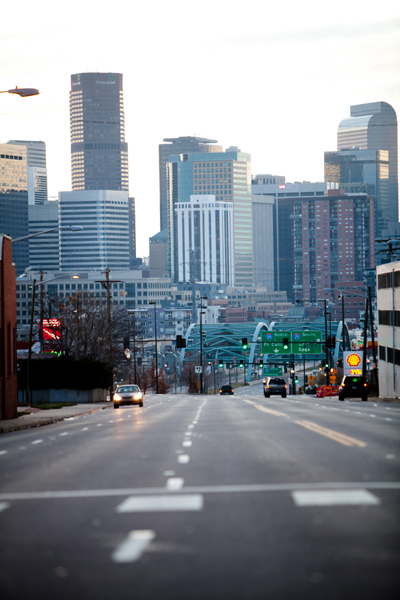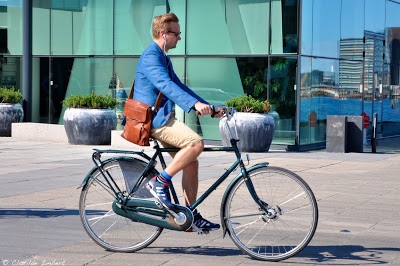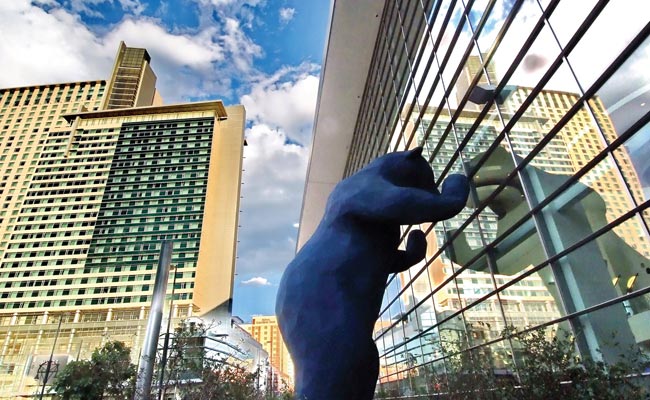urbanism

One of the many factors that makes a city successful is adaptive reuse — which is urban planner-speak for the repurposing of old buildings. Converting a building designed for one purpose to serve in a new capacity is an important aspect of urbanism. Back in the ’60s and ’70s during the Urban Renewal era, the prevailing philosophy was to demolish any building past its prime. That modernist perspective held that older buildings are relics of the past with little value: tear them down and start over.

Ken Schroeppel is a faculty member of the College of Architecture and Planning at the University of Colorado Denver. He teaches in the Master of Urban and Regional Planning program. Ken is also the founder of the DenverInfill and DenverUrbanism website and blogs, which offer aspects of sustainable design and urbanism in the Mile High City. Find them at DenverInfill.com.

Instead of boring plains, gay people like to live where there are things above and around them, wrapping the view-plane like a cozy hug. That means hilly places, like California, or forested places, like Massachusetts. But what gay men like most of all is living under 30-story buildings – which make up the least flat landscape you can think of – in a city wrapped in hills, under a cover of permanent clouds and fog, in a region blanketed by hundreds of miles of breathtakingly tall redwood trees






